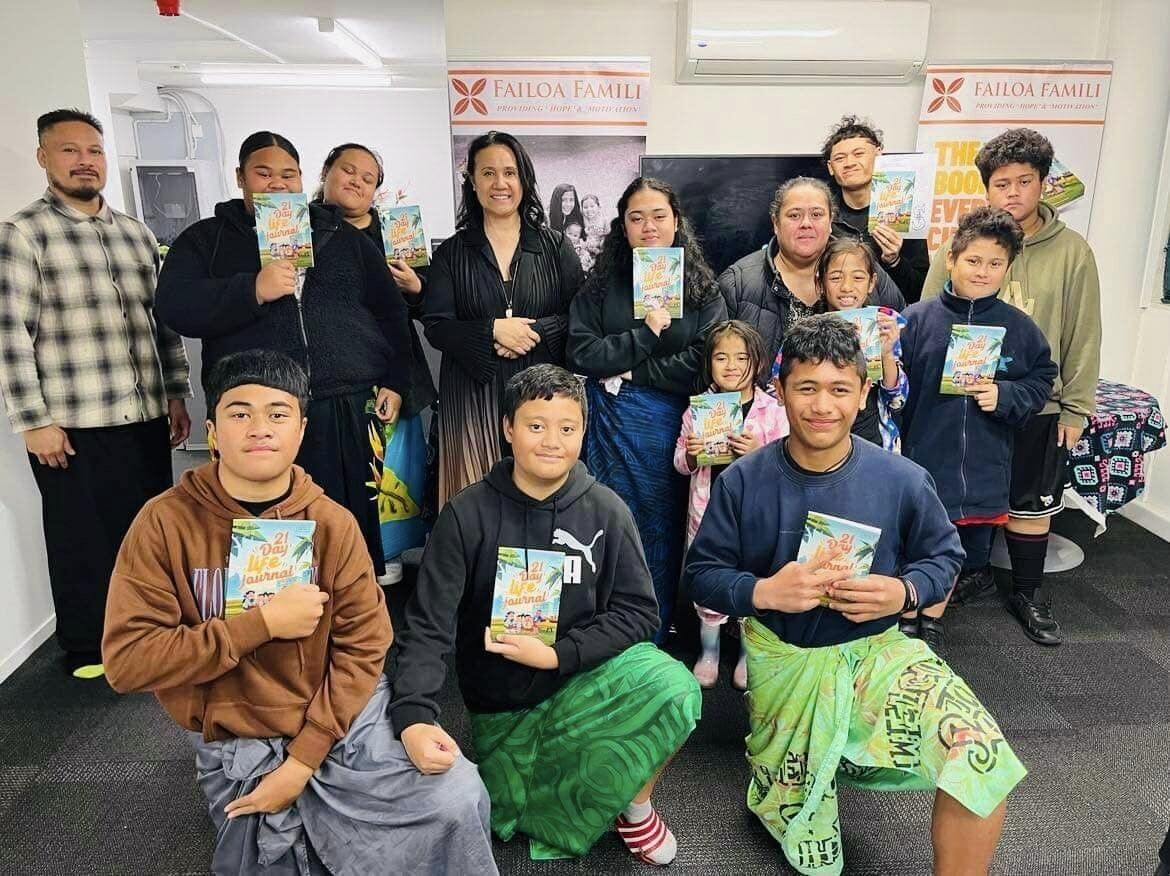
Te Korowai o Waiheke emerged from a group of passionate Waiheke Iwi, individuals and organisations interested in the ecological restoration of the island.
Waiheke Island, the second-largest island in the Hauraki Gulf, is home to a number of vulnerable native species such as the little blue penguin and spotted shag, who are threatened by rats, stoats and other animal predators.
Last year, Te Korowai o Waiheke secured a grant through the support of the Hauraki Gulf Conservation Trust, which initiates and supports environmental projects across the Gulf. Te Korowai o Waiheke was set up by The Waiheke Collective to manage the Predator Free Waiheke programme – a project which seeks to rid Waiheke Island of mustelids and rats by 2025. Eradication of pests would help to protect endangered species whilst also restoring native flora and fauna; increasing the natural biodiversity and their chances of survival.
Over the past year Te Korowai o Waiheke has grown from a volunteer-driven ambition to an established project, ready to embark on a world first. With support from key project partners such as Foundation North, the move towards a predatorfree Waiheke is now firmly in motion!
The mustelid eradication programme began in November 2018, and will run for three years, followed by three years' monitoring for proof of eradication. A large part of the programme will involve partnerships between the Waiheke community and key project partners such as Auckland Council and the Department of Conservation. The project will be led by experts, but the community will be empowered to ensure the island remains predator-free in the long run.
Success of the project would see Waiheke Island as the first populated island to become predator-free, and the project would pave the way for predator eradication in other populated areas.
The team is working hard, focused on the goal of activating a stoat trap eradication network this summer. They are excited to now be able to share and discuss the approach with the community, speak with landowners about hosting traps on their properties, as well as establish a field team and operational base.




